Before streaming services and algorithm-generated playlists, radio disc jockeys were the essential gatekeepers of musical culture—tastemakers with the power to break new artists and shape the soundtrack of an era. These voices in the darkness kept listeners company during late-night study sessions, soundtracked summer cruising, and created a sense of community through shared musical experiences. During the ’60s and ’70s, the golden age of FM radio, certain DJs transcended their behind-the-scenes roles to become cultural icons in their own right, wielding influence that rivaled the musicians they championed. With their distinctive personalities, insider knowledge, and unparalleled access to artists, these twelve legendary radio personalities didn’t just play the hits—they helped create them.
1. Wolfman Jack

With his gravelly voice, trademark howls, and mysterious persona, Wolfman Jack transformed radio broadcasting from mere announcement into performance art. Broadcasting initially from powerful Mexican border stations that could reach across half the United States, Robert Weston Smith’s lupine alter ego delivered a hypnotic blend of R&B, early rock, and breathless patter that captivated listeners from coast to coast. The Wolfman’s deliberately mysterious identity—few knew what he looked like before his appearance in “American Graffiti”—created an almost mythological figure that teenagers could imagine howling from some desert hideaway, playing forbidden music that parents couldn’t understand. A Journal of Musical Things asserts that is legacy is still felt to this day.
What made Wolfman Jack transcend typical DJ status was his complete character immersion—he wasn’t playing a role but inhabiting an entire persona that extended beyond the microphone. His frequent appearances in pop culture cemented his legendary status, from George Lucas immortalizing him in “American Graffiti” to guest spots on countless TV shows where his raspy voice and wild-eyed energy made him instantly recognizable. For many listeners, the Wolfman represented radio’s transformative power—the ability to reinvent oneself completely through sound waves traveling through darkness, creating connection with unseen thousands who felt they knew personally this mysterious voice emanating from their dashboard speakers.
2. Casey Kasem
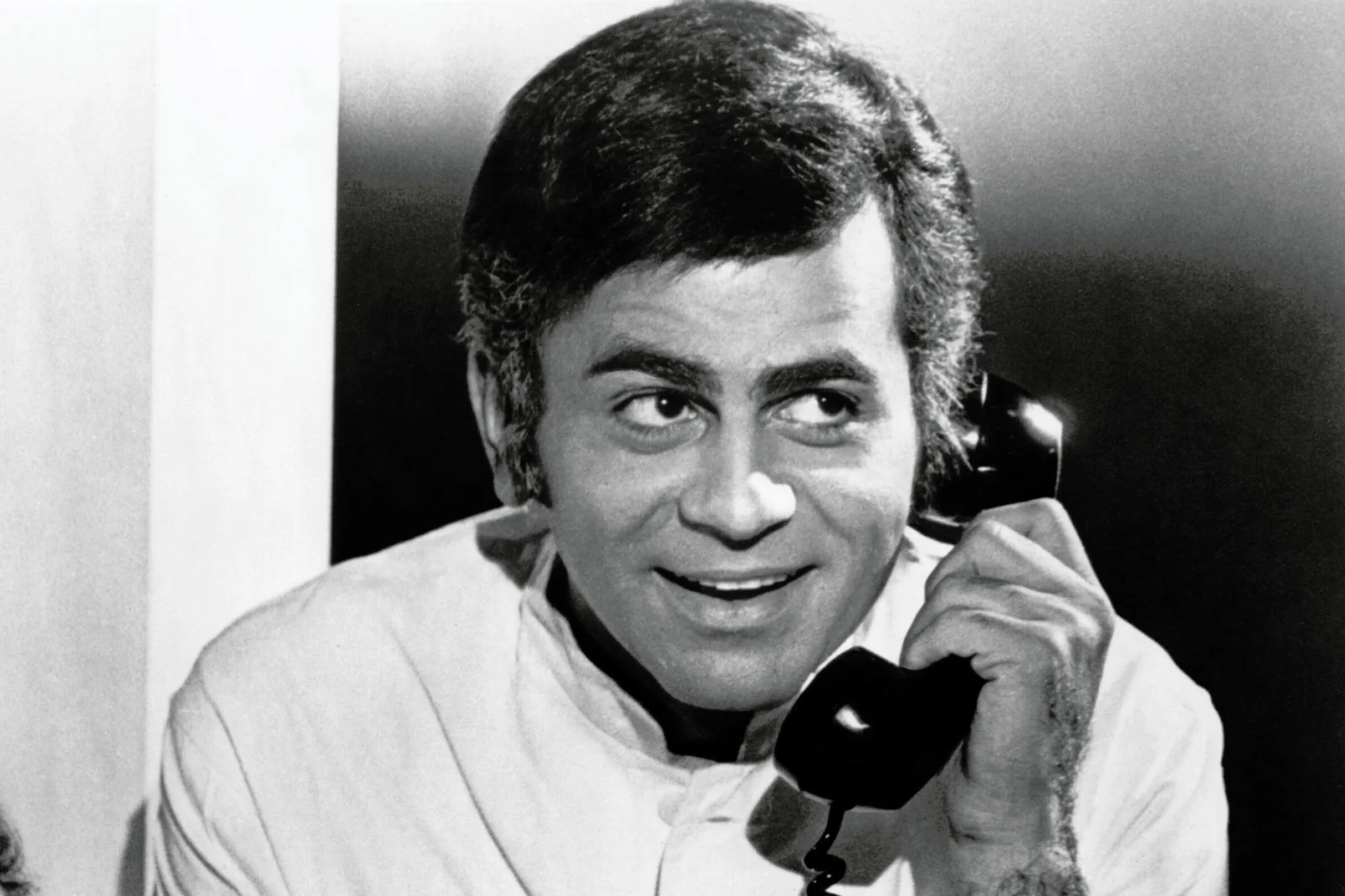
As host of “American Top 40,” Casey Kasem became the authoritative voice of chart-based radio with his velvety delivery and encyclopedic musical knowledge. Launching the groundbreaking countdown show in 1970, Kasem pioneered national radio syndication while creating cultural touchstones that united listeners across geographic boundaries—everyone knew what song held the #1 position each week, creating a shared national soundtrack. His trademark long-distance dedications, delivered with sincere emotional investment, transformed private sentiments into public narratives that listeners awaited eagerly each week, tissues at the ready. LAist still fondly remembers that remarkable voice of his with great fondness.
What elevated Kasem beyond mere announcer status was his perfect balance of professional polish and genuine enthusiasm—he respected the music, the charts, and most importantly, his listeners. His famous sign-off (“Keep your feet on the ground and keep reaching for the stars”) became a mantra for an entire generation who planned their weekends around his countdown. While never adopting the wild personality of more flamboyant DJs, Kasem’s consistent, warm presence created perhaps the strongest parasocial relationship in radio history—millions felt personally connected to a voice they invited into their homes and cars each week for decades, trusting his musical guidance and life advice with equal confidence.
3. Tom Donahue

When AM radio was dominated by tight playlists and three-minute singles, Tom “Big Daddy” Donahue revolutionized the medium by championing album-oriented rock on the FM band. His deep, authoritative voice introduced listeners to extended album cuts and emerging artists that commercial stations wouldn’t touch, creating the template for progressive rock radio that would dominate the ’70s. After establishing himself on AM radio in San Francisco, Donahue’s 1967 move to free-form FM at KMPX (and later KSAN) created the blueprint for underground radio—thoughtfully curated sets that respected both the music and the audience’s intelligence. It’s no wonder the Radio Hall of Fame still has a place of honor for Donahue.
What made Donahue a revolutionary figure was his understanding that radio could be art rather than mere entertainment—his sets created musical journeys that might juxtapose Jefferson Airplane with Indian classical music or blues recordings. His physical presence matched his sonic impact—at 6’4″ and over 300 pounds, Donahue literally became a larger-than-life figure whose tastes shaped San Francisco’s musical evolution during its psychedelic heyday. Though he passed away in 1975 at just 46, Donahue’s influence extended far beyond his lifetime—every free-form college radio station and adventurous streaming playlist owes a debt to his pioneering belief that audiences deserved more than just the hits.
4. Murray the K
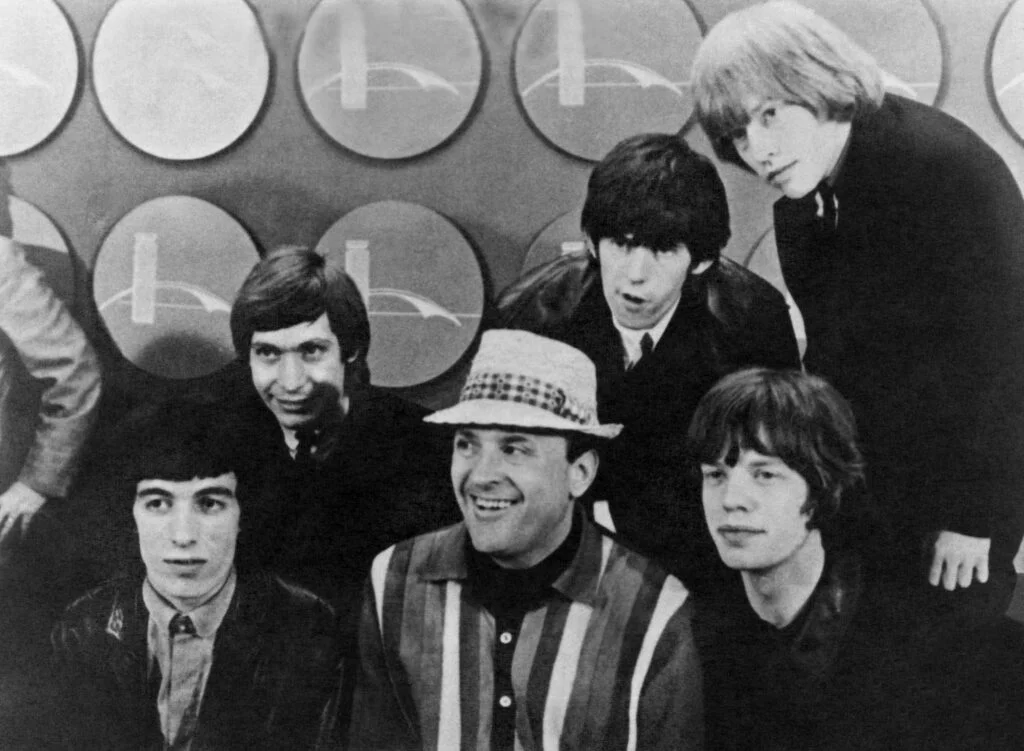
Self-proclaimed “Fifth Beatle” Murray Kaufman turned New York radio into theatrical performance with his rapid-fire delivery and unparalleled access to the biggest names in music. During the British Invasion, Murray leveraged his close relationship with the Beatles to become the American face of the phenomenon, hosting shows at the Brooklyn Fox Theater that featured multiple acts in continuous rotation, creating the concert experience that would influence festival culture for decades. His “Swinging Soiree” program on WINS mixed music with comedy bits and sound effects that transformed traditional radio into immersive entertainment.
What separated Murray from other celebrity DJs was his genuine participation in the culture he broadcast—he wasn’t just announcing the Beatles’ arrival but actively helping introduce them to America, appearing alongside them at press events and becoming part of their entourage. His endless energy and promotional creativity—swimming in a pool for 24 hours to promote a record, broadcasting from submarines—created publicity stunts that made him as newsworthy as the musicians he championed. For listeners across the New York area, Murray represented the ultimate insider, offering not just music but passport to the epicenter of youth culture during one of its most explosive creative periods.
5. Alan Freed
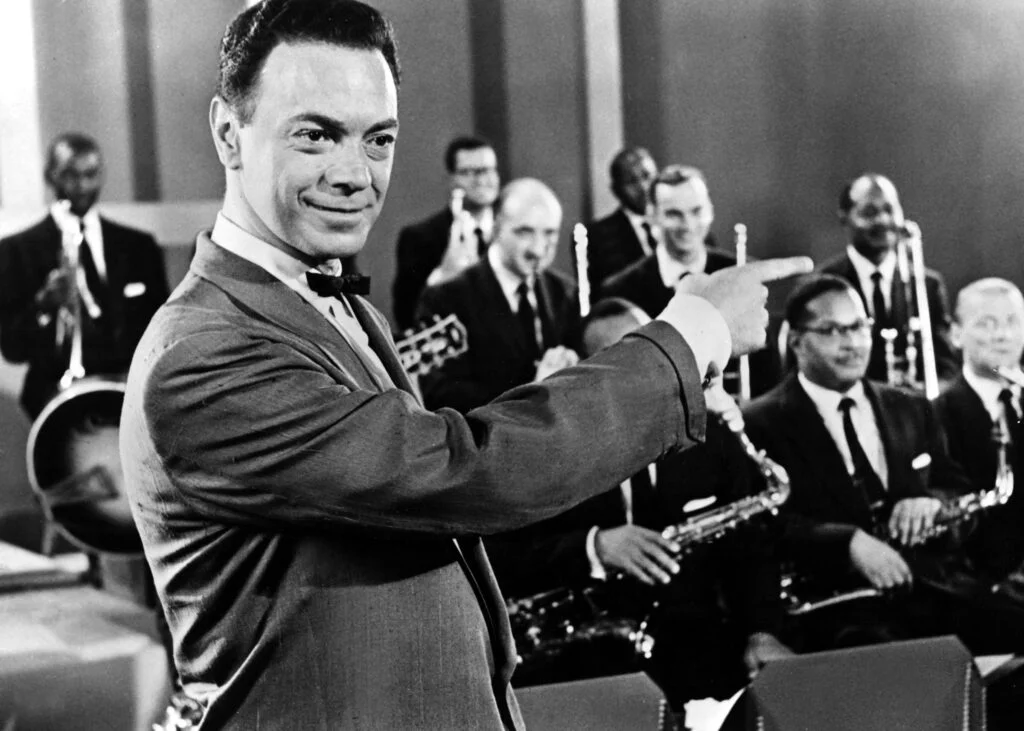
Though his career peaked before our focal decades and ended in scandal, Alan Freed’s influence shaped how ’60s and ’70s DJs approached their craft and cemented the DJ as cultural innovator. As the man who coined the term “rock and roll” and championed R&B music to white audiences, Freed demonstrated how radio personalities could drive musical integration and cultural change. His passionate advocacy for Black artists and their music—at significant personal and professional risk—established the template for DJs as taste-making risk-takers willing to challenge cultural norms and industry conventions.
What made Freed legendary wasn’t just his historical importance but how his approach influenced the next generation of radio personalities throughout the ’60s and ’70s. His energetic delivery style, genuine passion for the music, and willingness to put his reputation behind emerging artists became the standard against which later rock DJs measured themselves. Though his career ended in the payola scandals of the late ’50s, Freed’s legacy lived on through every DJ who championed underground music, crossed racial boundaries, or positioned themselves as cultural authorities rather than mere announcers—his professional DNA remained visible in radio for decades after his microphone went silent.
6. Jean Shepherd
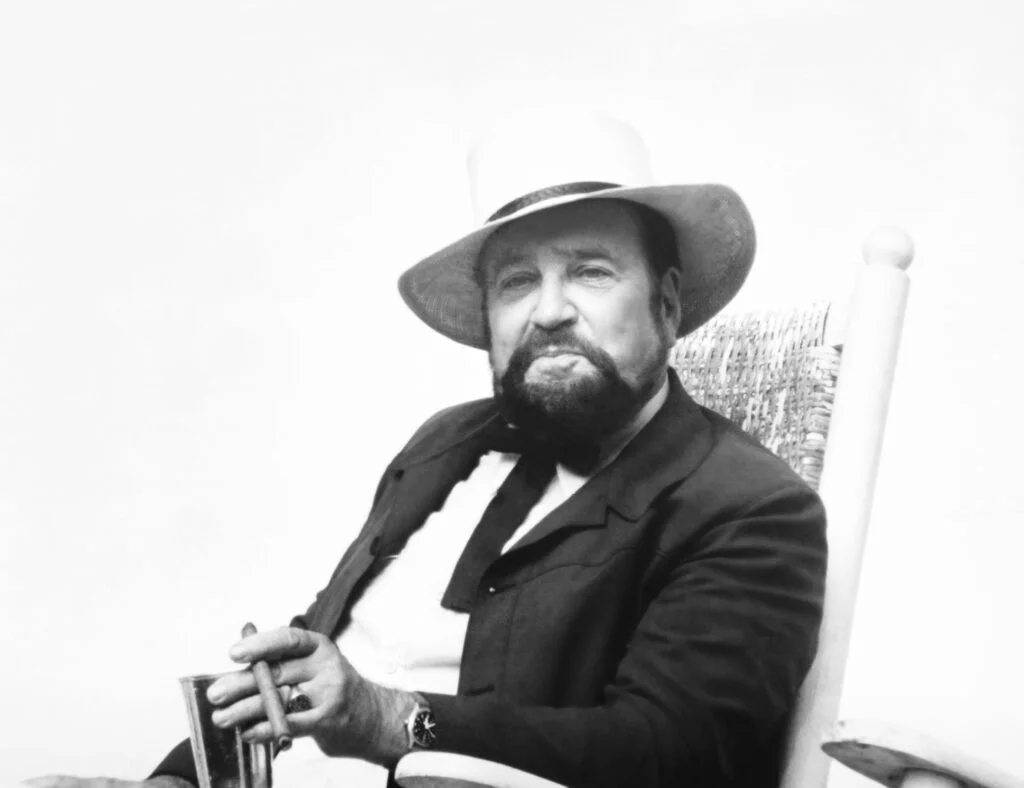
Though primarily known for creating the story that became “A Christmas Story,” Jean Shepherd was also a pioneering radio monologist whose late-night WOR broadcasts combined storytelling, social commentary, and musical interludes into a form that transcended traditional DJ work. From 1956 through 1977, Shepherd’s nightly programs featured his hypnotic voice spinning elaborate tales of childhood in Hammond, Indiana, satirizing American culture while creating an intimate connection with listeners who felt they were eavesdropping on a brilliant friend’s stream of consciousness. His ability to talk continuously, without script, for 45 minutes became legendary in broadcasting circles.
What made Shepherd extraordinary was how completely he abandoned radio conventions—he wasn’t introducing songs or reading news but creating literary art through the medium of voice alone. His influence extended beyond broadcasting to literature and film while also establishing the late-night radio slot as a space for experimentation and intimacy that later personalities like Larry King would build upon. Shepherd demonstrated that radio personalities could be genuine intellectuals and cultural critics, not just entertainers—his programs attracted devoted listeners who would schedule their evenings around his broadcasts, creating what he called his “night people” community who shared his alternative perspective on American life.
7. Cousin Brucie
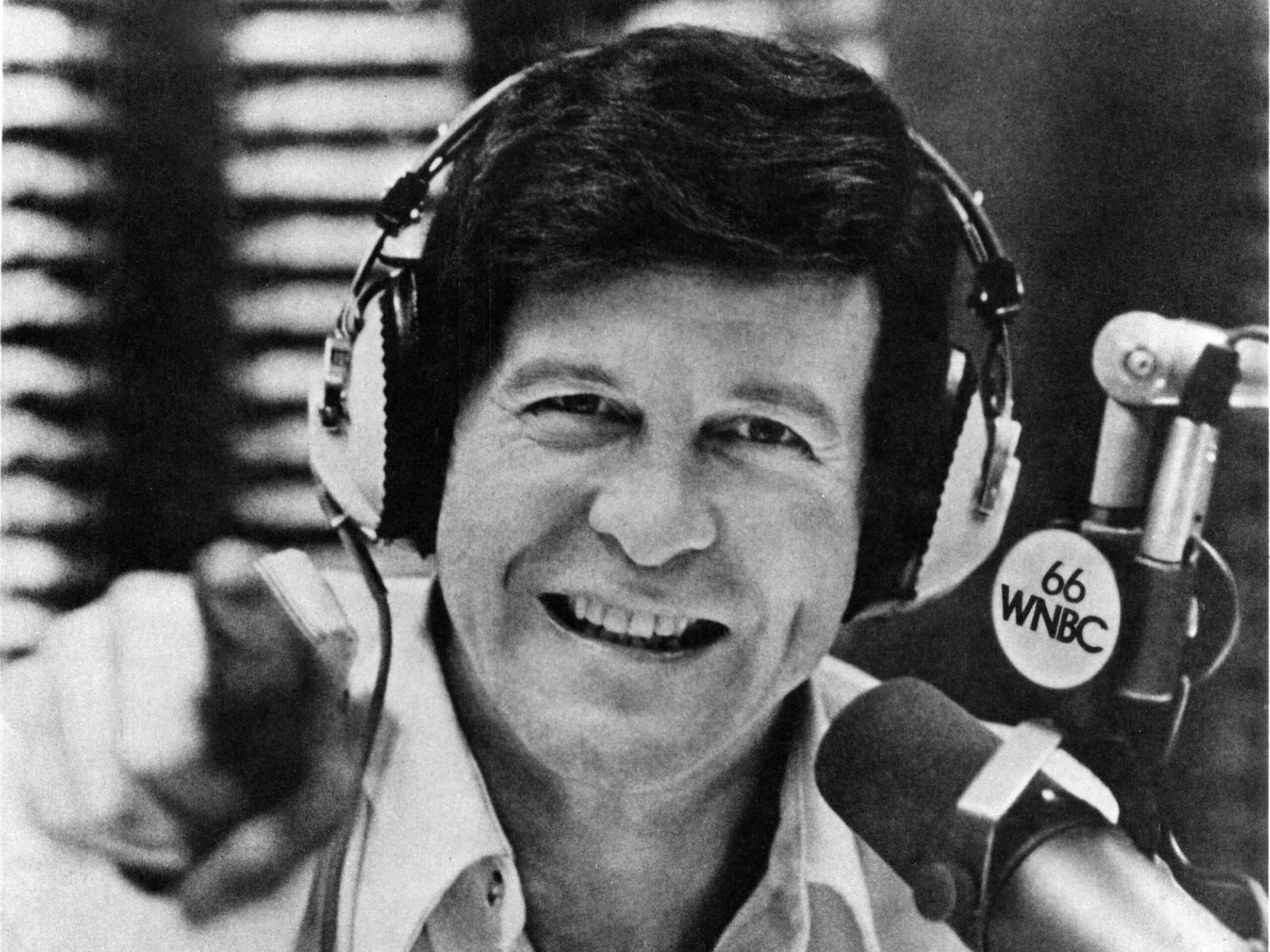
Bruce Morrow—known to generations of New Yorkers as “Cousin Brucie”—transformed the radio DJ from distant announcer to family member through his warm, inclusive persona and infectious enthusiasm. Broadcasting primarily on WABC during its “MusicRadio 77” heyday, his distinctive “Hello, cousin!” greeting made millions of listeners feel personally welcomed into his musical world. Morrow’s genuine excitement about the music—sometimes talking over intros because he couldn’t contain himself—created an energy that transcended the limitations of AM radio and made his shows feel like personal celebrations shared with a favorite relative.
What elevated Brucie beyond typical DJ status was his mastery of creating shared experiences—his dance parties and live broadcasts turned radio from passive listening into participatory events. His consistent presence across decades (continuing to broadcast well into the 21st century) made him part of the cultural fabric of New York City and surrounding areas, a reliable voice that accompanied listeners from adolescence through adulthood. For multiple generations, Cousin Brucie wasn’t just playing records but narrating life’s soundtrack—the voice announcing songs for first kisses, high school graduations, and late-night drives that defined coming of age on the East Coast.
8. Allison Steele “The Nightbird”
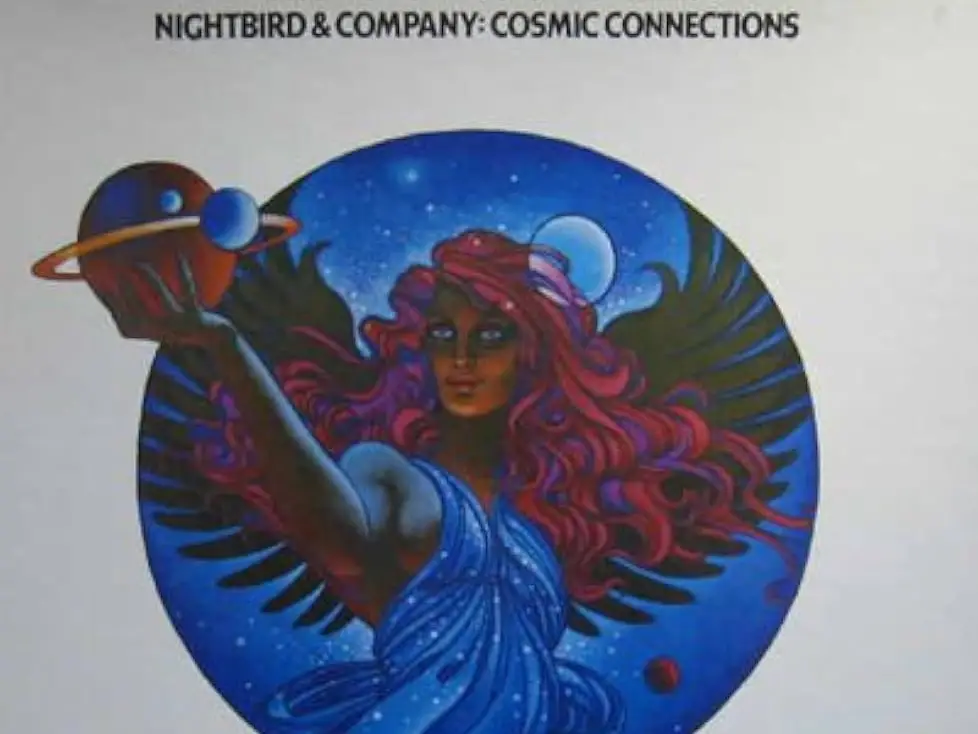
In the male-dominated world of rock radio, Allison Steele broke barriers as “The Nightbird” on New York’s WNEW-FM, creating an atmospheric, almost mystical late-night presence with her sensual voice and poetic delivery. Broadcasting from 10 PM to 2 AM, Steele opened each show with Andean flute music and her signature introduction: “The flutter of wings, the shadow across the moon, the sounds of the night, as the Nightbird spreads her wings and soars, above the earth, into another level of comprehension, where we exist only to feel.” Her carefully curated musical journeys blended progressive rock with philosophy and poetry, creating immersive experiences rather than merely sequential songs.
What made Steele revolutionary wasn’t just her gender but her approach—treating radio as an art form and listeners as intelligent participants in a shared aesthetic experience. She refused to be pigeonholed as “female DJ,” instead creating an ethereal persona that transcended gender to become almost mythological. For insomniacs, night shift workers, and countercultural seekers across the Northeast, the Nightbird’s voice provided companionship and validation during the vulnerable overnight hours when mainstream culture slept. Her success demonstrated that audiences craved substance and atmosphere beyond the standard radio formula, creating space for more ambitious programming across the dial.
9. B. Mitchel Reed

Known as “The Beamer,” B. Mitchel Reed experienced radio evolution firsthand, transitioning from high-energy AM “Top 40” jock to pioneering FM progressive rock broadcaster. His ability to reinvent himself—from the rapid-fire delivery on WMCA and KFWB to the laid-back, knowledgeable approach on KMET—demonstrated how the best radio personalities could evolve with the medium and culture. Reed’s encyclopedic knowledge allowed him to speak about music with genuine authority, interviewing artists as a peer rather than simply as a promotional vehicle.
What made Reed special was his authentic connection to the music—he spent time with artists like Bob Dylan and the Beatles not as a fame-chaser but as a genuine participant in the culture he broadcast. His integrity became legendary when he publicly destroyed records he felt were beneath his standards during his AM days, establishing that the best DJs were curators with personal standards rather than corporate mouthpieces. For listeners who followed his career evolution, Reed represented radio’s potential as both mass entertainment and artistic expression—someone who could work within commercial constraints while maintaining a distinctive voice and perspective that transcended format limitations.
10. Herb “The Cool Gent” Kent
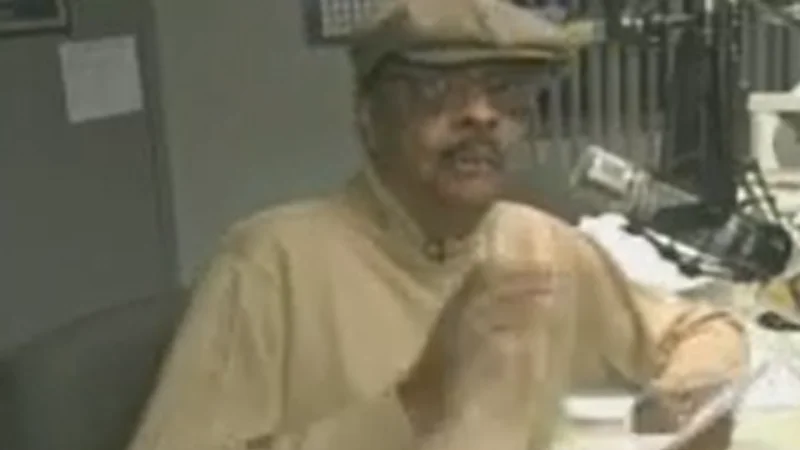
Chicago’s legendary “Cool Gent” Herb Kent became an institution during his seven-decade broadcasting career, particularly through his influence on R&B and soul music at WVON. His smooth delivery, encyclopedic musical knowledge, and deep community connections turned his radio program into a cultural touchstone for Black Chicago and beyond. Kent didn’t just play records but contextualized them within cultural history, educating listeners about musical lineages while creating programming that addressed social issues affecting the community—particularly during the turbulent civil rights era.
What elevated Kent beyond typical DJ status was his role as cultural historian and community advocate—using his platform not just for entertainment but advancement. His “Battle of the Best” segments, where listeners voted between competing artists, created interactive experiences decades before social media made such engagement common. For multiple generations of Chicagoans, Kent wasn’t merely a radio personality but a respected elder statesman whose approval could make careers and whose historical perspective provided essential context for understanding Black musical evolution. His remarkable longevity—broadcasting into his 80s—made him a living link between the early days of R&B radio and the digital era.
These twelve radio legends weren’t just voices on the dial but cultural architects who shaped musical taste, launched careers, and created shared experiences for millions of listeners. Their influence extended far beyond the songs they played—they pioneered broadcasting techniques, broke racial barriers, championed underground artists, and created distinctive personas that turned anonymous announcers into household names. In an era before visual media dominated culture, these DJs created vivid worlds through sound alone, their voices painting pictures and building communities that gathered nightly around the glow of radio dials. While today’s fragmented media landscape makes such widely shared cultural experiences increasingly rare, the legacy of these broadcasting innovators continues in podcasting, streaming, and every medium where personality and curation transform content into connection.


